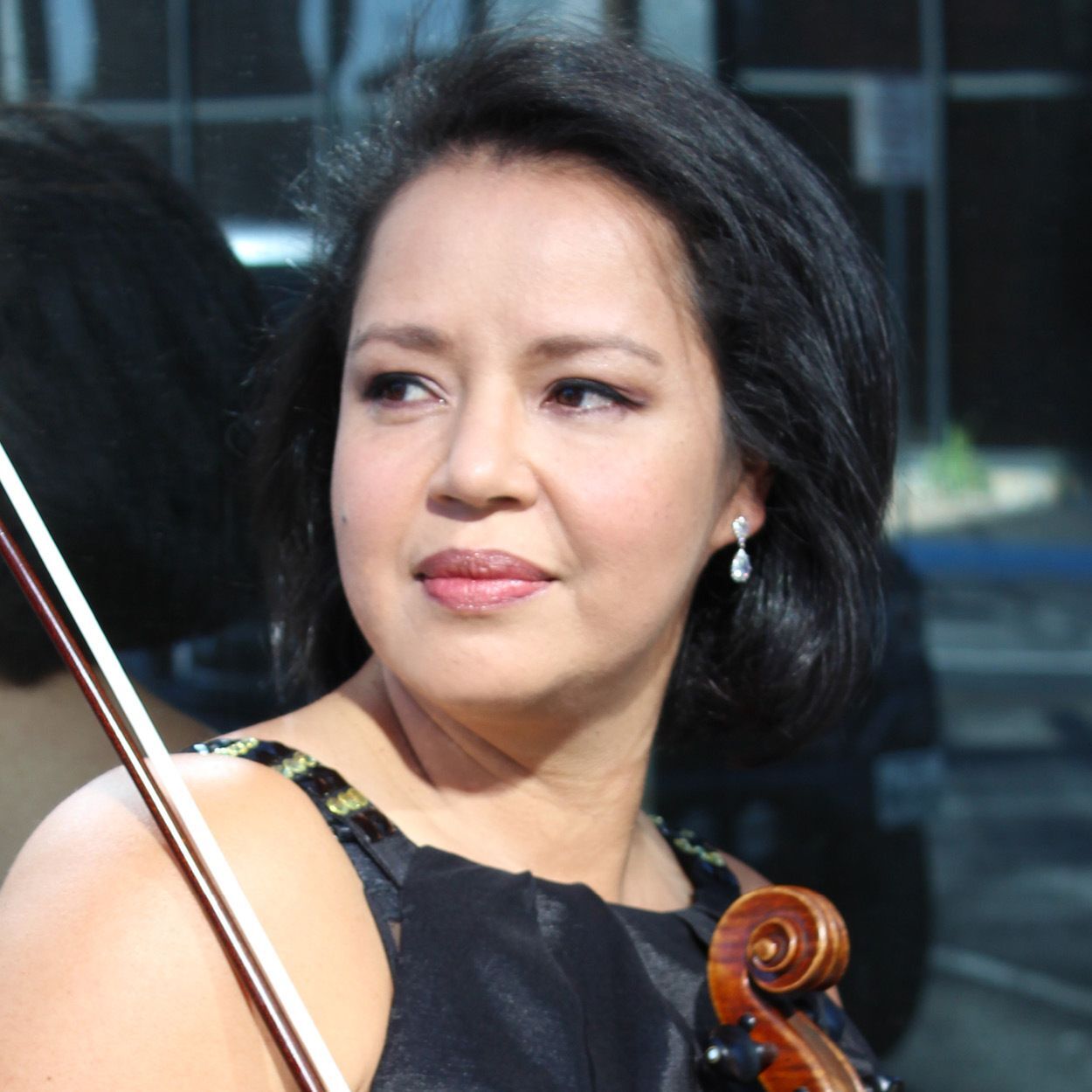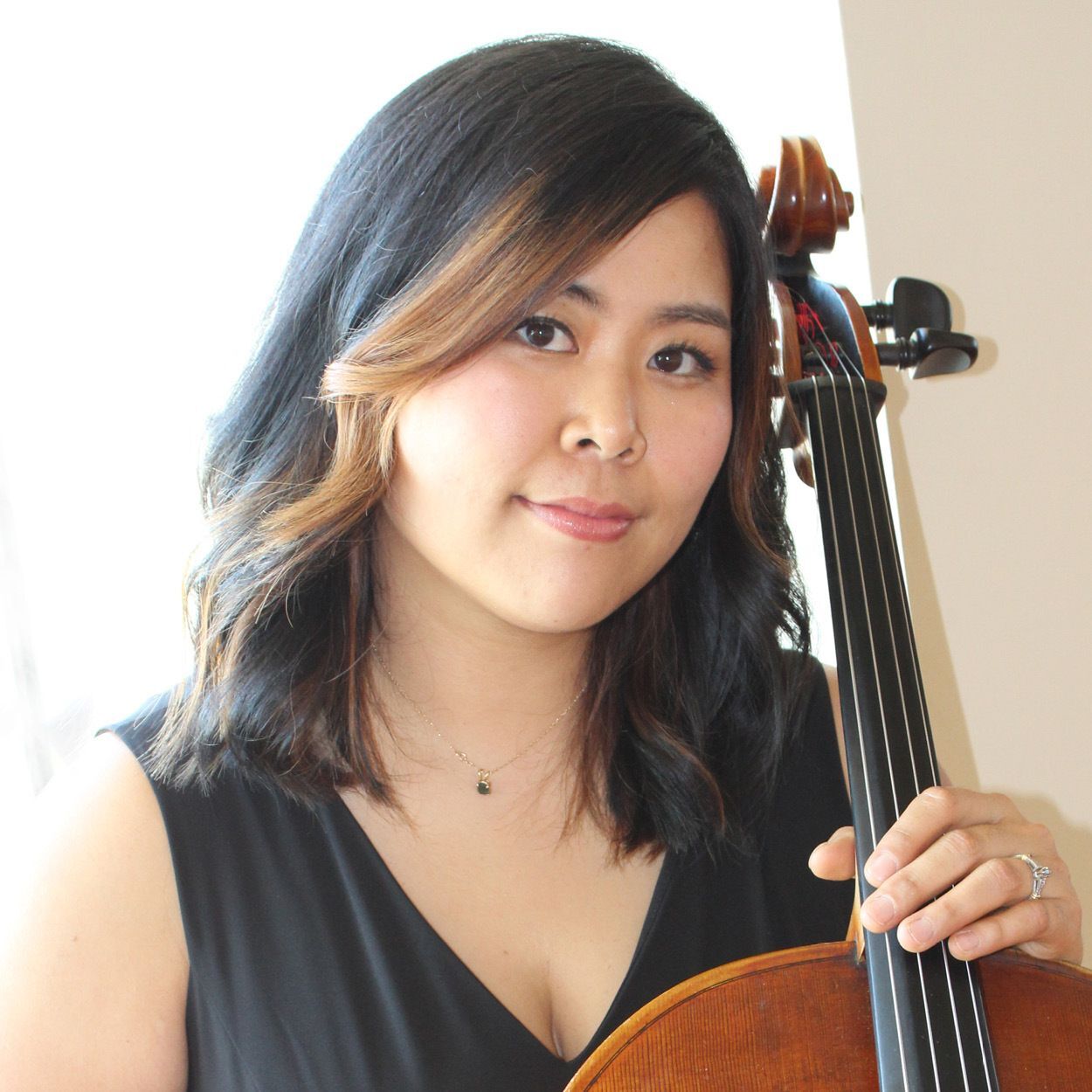DANCES OF THE AMERICAS
PERMIAN BASIN STRING QUARTET FALL RECITAL
Saturday, September 21, 2024 | 5:00PM
Jack Rodgers Auditorium, Odessa College
Danzas de Panamá (1948)
William Grant Still
I. Tamborito
II. Mejorana y Socavón
III. Punto – Allegretto con grazia
IV. Cumbia y Congo
Born May 11, 1895, in Woodville, Mississippi, Still was one of the most important and celebrated African-American composers of the twentieth century. He was the first African American to conduct a major symphony orchestra in the United States, when in 1936, he directed the Los Angeles Philharmonic Orchestra in his compositions at the Hollywood Bowl. He studied composition at Oberlin Conservatory of Music in Oberlin, Ohio and the New England Conservatory of Music in Boston. Mr. Still is known primarily for his first symphony, “Afro-American Symphony.” Composed in 1930, it is the first symphony written by an African-American and was premiered in 1931 by the Rochester Philharmonic Orchestra. During his lifetime, Mr. Still composed over 200 works. He died December 3, 1978, in Los Angeles, California and was inducted into the American Classical Music Hall of Fame in 1999.
William Grant Still’s Danzas de Panama date from 1948 and are based on a collection of Panamanian folk tunes that were collected by Elisabeth Waldo in the 1940s. Although there are putatively only four dances presented, each movement has at least two and sometimes three separate dances within it. The opening movement, Tamborito, immediately captures the listener’s attention with the players percussively striking the sides of their instruments, creating the rhythm for this highly chromatic introduction which immediately leads to a sadder and slower dance that is also quite chromatic. For the rest of the movement, Still ingeniously juxtaposes these two dances, one after the other seamlessly. When the faster dance returns, it is in two sections, the first fast and upbeat, the second more melancholy and sounding like a close relative of the tango. The movement ends surprisingly on a soft glissando. Next comes Mejorana, which sounds like a carefree Panamanian waltz. The forceful middle section is a somewhat ominous dance in two. The slowish third movement, Punto, has a gentle and very familiar Mexican sound to it. It is the kind of thing one hears in the movies when Mexican cowboys return to their hacienda at the end of a day’s work. The middle section in 6/8 is in the minor and more robust. The last movement, Cumbia y Congo, begins again with a percussive hand-pounding to a high-spirited and fast dance. At first, it sounds purely African but very quickly a heavy dose of Latin melody is added to the mix. The coda is brilliant and exciting. Any one of these movements could serve as a very effective encore. Together, they form an impressive tour de force.
Program notes courtesy of Edition Silvertrust, editionsilvertrust.com
Tango Ballet (1956)
Astor Piazzolla
The Argentine Tango is music, dance, style, culture, and, arguably, a way of life that was born in the scrappy portside bars and brothels of Buenos Aires at the end of the 19th century. From there, it rapidly migrated around the world, climbing the social hierarchy into cabarets, ballrooms, the cinema and the concert hall to become an internationally known stylization of desire, conflict, heartbreak and lonely nostalgia. Permuting into various musical contexts including popular song, jazz, rock and a variety of classical forms, its origins are no less diverse. From the Rough Guide of World Music, "It was a definitively urban music: a product of the melting pot of European immigrants, criollos [Creoles], blacks and natives, drawn together when the city became the capital of Argentina in 1880. Tango was thus forged from a range of musical influences that included Andalucían flamenco, southern Italian melodies, Cuban habanera, African candombé and percussion, European polkas and mazurkas, Spanish contradance, and, closer to home, the milónga, the rural song of the Argentine gaucho [cowboy]. It was a music imbued with immigrant history."
Astor Piazzolla was the seminal figure in Nuevo Tango, a movement he began in the 1950's in which tango became a more abstract musical sensibility and a high art enriched by the complexities of jazz and classical music. Piazzolla was born in Argentina but spent much time in New York and Paris where, on a government scholarship, he studied with the legendary Nadia Boulanger. It was she who recognized his musical genius specifically in the language of tango and demanded that he remain true to himself. Thus, Piazzolla assumed his lifelong quest to liberate tango from its traditional patterns through a variety of advanced innovations. Piazzolla was a master of the bandoneón, a button accordion of German origin that by the 1920's had defined the signature sound of tango. He expanded the traditional tango sextet (two bandoneóns, two violins, bass and piano) to include cello and electric guitar and formed the Octeto Buenos Aires in 1955. It was for the Octeto that, in 1956, Piazzolla composed his Tango Ballet, a programmatic suite that has been subsequently transcribed for orchestra as well as string quartet. The music evokes the poignant essence of the tango ethos in a narrative of six scenes: introduction, the street, encounter / forgetfulness, cabaret, solitude, the street again. Piazzolla eventually composed more than 750 works for a wide variety of settings including concertos, operas, symphonic and film scores and especially, a diversity of intimate chamber ensembles. One of his final projects was a commission from the Kronos Quartet resulting in his Five Tango Sensations for bandoneón and string quartet of 1989.
By Kai Christiansen
https://www.earsense.org/chamber-music/Astor-Piazzolla-Tango-Ballet-for-String-Quartet/
String Quartet No. 5 : The Quarteto Popular (1931)
Heitor Villa-Lobos
I. Poco Andantino
II. Vivo e Energico
III. Andantino
IV. Allegro
Brazil's best known composer is widely regarded as one of the most important composers of the 20th century. With a prolific production, he wrote numerous orchestral, chamber, instrumental and vocal works, totaling over 2000 works by his death in 1959. While many of his works for orchestra and or voice and instruments, such as his many Choros and Bachianas brasileiras, are widely performed, his chamber music, of which he wrote a considerable amount, is virtually unknown outside of Brazil. This is certainly a great pity as many masterworks are to be found among his 17 string quartets, three piano trios and several other chamber compositions. Villa-Lobos once stated, "I love to write string quartets. One could say it is a mania." He claimed to have learned quartet technique from having studied the quartets of Haydn.
Villa-Lobos was born in Rio de Janeiro. His father was an amateur musician and much of what he learned was from hearing and taking part in the chamber music evenings held at his home. He learned to play the cello, clarinet and guitar and did attend the Conservatorio de Musica where he studied with Alberto Nepomuceno, then Brazil's leading composer (we have published the world premiere edition of two of his string quartets). Afterwards, for a decade, beginning in 1905, Villa-Lobos explored the native and folk melodies of interior Brazil paying especial attention to the melding of African with Portuguese melody. Between 1915-1920, he was greatly influenced developments in modern French music due to visit to Brazil by Darius Milhaud and Sergei Diaghilev among others. In the 1920's, he made two visits to Paris and familiarized himself further with current developments. By the 1930's his music with its exotic sounds had captured the imagination of the French and his name was made.
The String Quartet No.5, which became known as Quarteto Popular No.1, dates from 1931 and is perhaps his most appealing and inventive. The first movement, which is the longest, consists of seven separate episodes: Poco Andantino, Un poco vivo, Tempo primo, Lento, Allegro vivace, Vivo and Presto. Our sound-bite presents the happy Un poco vivo with its playful harmonics and lovely cello solo, the stirring, melancholy Lento and the Allegro vivace, a powerful, syncopated Brazilian native dance. The second movement is in four parts, Vivo e energico, Lento, Tempo primo and Molto lento. This spectacular movement presents the spooky night music of the Brazilian jungle. One can hear the animals calling out of the dark from among the hidden foliage The third
movement, also in four parts--Andantino, Tempo giusto, Adagio and Andantino. begins with a rhythmic Indian section which leads to a short dramatic cello melody followed by a highly romantic subject. The finale, Allegro, begins with an unmistakably Indian dance motif, at first threatening and then sprightly. A playful folk dance played with harmonics in all the voices follows, then a wild Brazilian folk dance brings the movement to a close.
We believe this fine quartet is worthy of being called a modern masterpiece and hope that amateurs and professionals alike will be pleased to make its acquaintance.
Heitor Villa-Lobos String Quartet No.5 (editionsilvertrust.com)
PROUDLY SPONSORED BY:
Maridell Fryar
FRIENDS OF PERMIAN BASIN STRING QUARTET:
Maridell Fryar
Ann & Ken Hankins, Jr.
Ann Parish
Betty Ann Prentice




